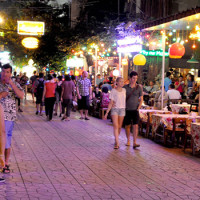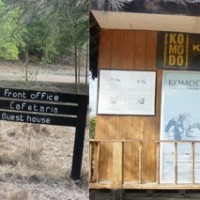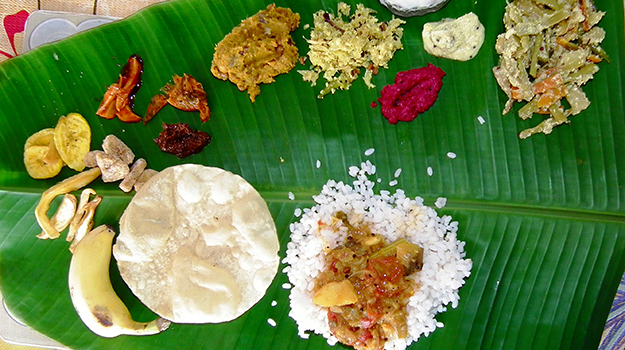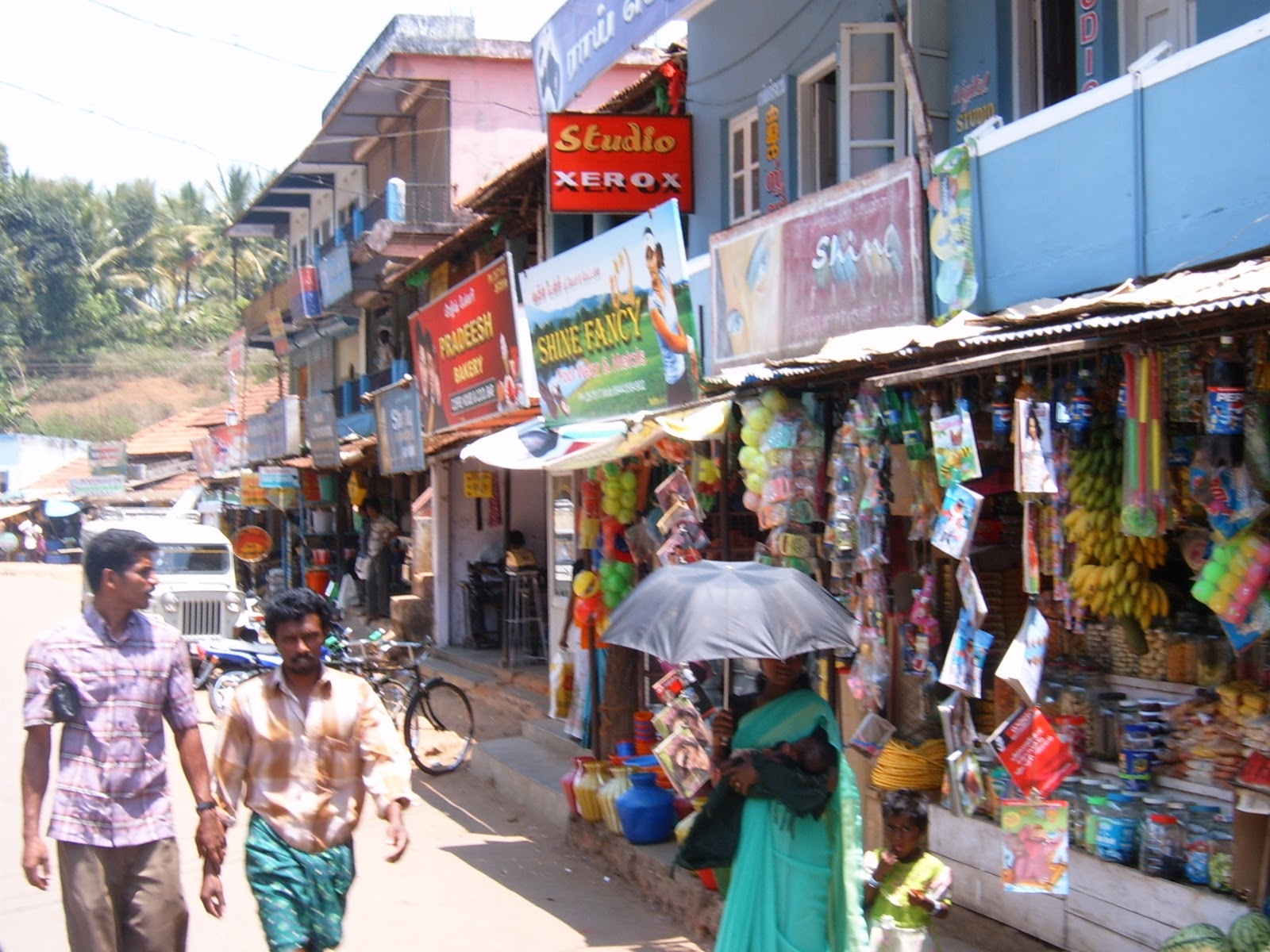From Pondicherry, I motored towards Chennai on a bright morning determined to cover the 136 km before the nightfall and was surprised to find a road that looked and behaved like a road! No fencing potholes or sudden rude stops to make way for the bovine traffic and no time spent in looking for pieces of road to drive on. It allowed for easy movement. It was a road that merits a mention alright.
…And that really how I discovered the Fort.
I can’t stop talking about the road – yes, it took me by surprise and when I say surprise, I mean just that – a sneaky appreciation. Till then I had accepted motor-able black-topped Indian roads as something that exited in the Road Planner’s diary. To actually see a bit of road was a delight. A rarity!
The driving was smooth and journey uneventful thus allowing me to take my eyes off the road and to let it linger on movie posters, small shops, the Bay of Bengal shining out of tree filled landscape and gentle sand dunes here and there. It was when my eyes were sincerely doing its duty when the pair of them chanced upon a smallish tea-shop made entirely of matted coconut leaves. It was Kadapakkam.
Kadapakkam itself is not a place I was looking for but a tea-shop where they tipped the brew into miniscule stainless steel cups as you waited on the rickety bench and listened to the local gossip. Kadapakkam was just that kind of place. Being 45 km away from the starting point (roughly one third of the distance to Chennai) is a reason enough to break for refreshment, I think. It mattered little which Tamil Nadu town gave me my tea, so long as I got it steaming hot in stainless steel containers! So while Venkatesh boiled milk and explained his desire to begin a regular hotel with brick walls, I saw what was left of two English words that once spelt ‘Alambarai Fort.’ Upon inquiries, Venkatesh hastened to explain, choosing carefully a few English words he had over the years picked up, “very old fort. Must go there.”
So, it was a right turn towards the sea and onto Alambarai Fort. Ah, here comes the hitch. After cruising along on the smooth roads, this bit of ‘off-roading’ can be a bit of a bore. But mercifully there is no traffic and narrow saltwater streams flow gently past the fields. But if the wind is against you, it generously allows you to smell the sea and drying fish.
But that is about the only indication that you are on the right track.
For a visitor who does not know Tamil, reaching the ancient heritage site is an achievement in itself. For if you do get lost it is quite a task to coax a direction from the local fishermen. If you know the Tamil equivalent for Fort (kote), then you there is just a small chance that you will arrive there without effort.
There, spread out for approval is the sparkling blue sea, and watching over it majestically, a fort that was once the pride of the place. The Alambarai Fort.
The seas have never been so alluring or skies so seductive, but what takes your breath away is the Fort. Its broken walls that have turned deep red with the passage of time stand testimony to the era that once was, adding a subtle beauty to the place. Crystal clear white sand stretches for miles and just for a moment I fancied a bearded Emperor looking down lovingly upon his kingdom from the tall towers.
Just for a moment.
Awakened from a brief lapse of memory, the image of the Emperor faded away and I saw the brick fort with its partly destroyed towers, now merely waiting for the waters to reach up and kiss its walls.
Alambarai Fort, built towards the beginning of the 17th century (1735) by the Mughals, was ruled by Nawab Doste Ali Khan and later gifted to the French for services rendered to the rulers. Spread over 15 acres, this also served as a sea port for the ancient Tamil Nadu where much trading activity took place. This was the only port on the East Coast of India (also called the Coramandel Coast), back then. When the French was defeated by the British, the Fort was captured and partly destroyed in 1760. Now maintained by the State Department of Archeology, this mysterious yet enchanting ancient heritage site faces the ravages of nature. Built on the sea that is rapidly eating away at its foundation, it is a matter of time before it comes crashing down.
After briefly glimpsing history, I allowed myself to be caressed by the salty breeze. Standing on the old towers with outstretched arms I was pleasantly surprised to discover how much of the universe I could hug if I wanted to. I do suppose Doste Ali Khan felt like that, long ago. There is something about the place that made me want to step back in time, even for a moment. Alambari Fort was all about ‘moments’ and if you mean to enjoy yourself, you must string those individual moments into an episode.
And each episode would inevitably begin with…Once upon a time…
That is just the way I felt when the sun went down and drowned the fort in a golden red light, like the flashing of million diamonds. It was a place that I could never forget. It would always play on my mind.




